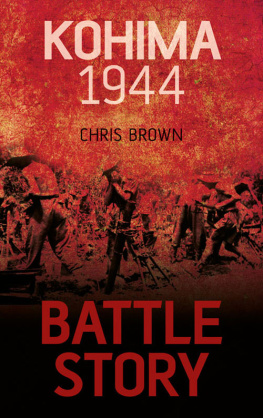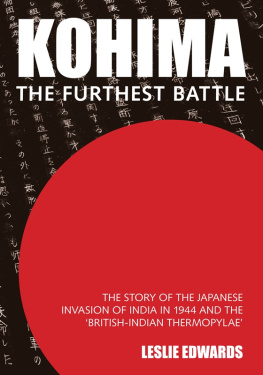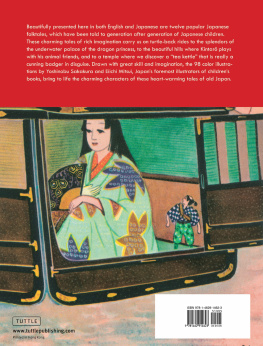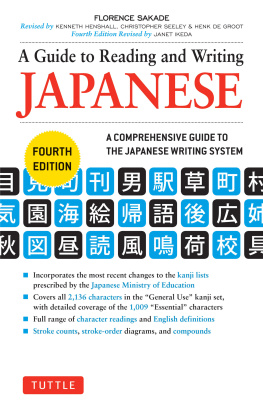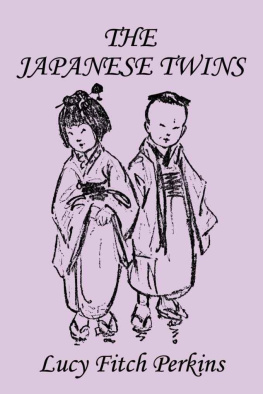This edition is published by PICKLE PARTNERS PUBLISHINGwww.picklepartnerspublishing.com
To join our mailing list for new titles or for issues with our books picklepublishing@gmail.com
Or on Facebook
Text originally published in 1943 under the same title.
Pickle Partners Publishing 2014, all rights reserved. No part of this publication may be reproduced, stored in a retrieval system or transmitted by any means, electrical, mechanical or otherwise without the written permission of the copyright holder.
Publishers Note
Although in most cases we have retained the Authors original spelling and grammar to authentically reproduce the work of the Author and the original intent of such material, some additional notes and clarifications have been added for the modern readers benefit.
We have also made every effort to include all maps and illustrations of the original edition the limitations of formatting do not allow of including larger maps, we will upload as many of these maps as possible.
JAPANESE IN BATTLE
1st Edition
GENERAL HEADQUARTERS, INDIA
MILITARY INTELLIGENCE DIRECTORATE 4/G.S.I. (t) MAY 1943
THIS DOCUMENT MUST NOT FALL INTO ENEMY HANDS
TABLE OF CONTENTS
Contents
FOREWORD.
The Japanese are an island race who have mastered the art of war, not through any mysterious or indefinable quality inherited from their Emperor, their islands, or their ancestors during your grandfathers time they were still in the bow-and-arrow stagebut through serious study of ancient and modern methods, and by intensive training. If we analyse their tactics, reducing them to fundamentals, all that they practise is to be found in our own training manuals, or in the military histories of ancient campaigns; not even the snipers in the trees are newthe jungle tribes of Africa and Brazil have employed them since time immemorial.
In their long history the peoples of our Empire have shown the world that they possess more than an average share of courage and tenacity, and today we must add to these advantages our undoubted superiority in arms and equipment. Any success which the Japanese have had against us was due to intensive training, carefully rehearsed plans and normal guts. Whatever the task in handbe it the digging of a single fox-hole or the preparation of a large-scale invasiontheir work is done with meticulous care, and by intensive and sustained training alone can we hope to outmanoeuvre them.
This pamphlet is largely the work of soldiers and airmen fighting in Burma and the south west Pacific who, in notes, sketches and photographs, have recorded their observations of the Japanese in Battle.
Special acknowledgement is due to the American Marine Liaison Officer of the Pacific Ocean Areas whose appreciation of Japanese characteristics and methods has been quoted in Chapter I, Section 2. Acknowledgement is also due to our Allies for the drawings reproduced as Examples 13 and 15 in Section 4 of the Chapter on Defence.
Part II, which is devoted to the important subject of counter measures, is being prepared by the Military Training Directorate, G.H.Q., India Command.
CHAPTER I. GENERAL
1. Morale.
When I received my mobilization orders, I had already sacrificed my life for my country....you must not expect me to return alive
1. This sentence is quoted from a letter found on the body of a dead conscript. It is by no means exceptional and indicates a fanatical conception of service which finds expression in a disregard for personal safety and a readiness to fight to the last man and the last round. The morale from which such feelings of self-sacrifice spring, is based on an attitude of mind assiduously cultivated from a very early age.
Japanese moral training instils a strong religious belief; Comrades who have fallen! reads what is almost the last entry in a soldiers diary, Soon we shall be fighting our last fight to avenge you, and all of us together, singing a battle song, will march to Kudan. (Kudan is a shrine near Tokyo dedicated to the war dead). The second pillar of Japanese morale is deep personal devotion to the Emperor. The last blood-smeared page of a diary captured in Burma has Three cheers for the Emperor scrawled across it. The Army belongs to the Emperor and its mission is his divine will. Finally the Japanese believe they are a chosen people, a superior race. Such is the basis of a morale to which is closely allied a high state of individual and collective battle discipline.
All this does not mean that the Japanese are immune from fear and defeat. By a different process they have reached that stage of fanatical self-confidence which the Nazis reached in 1939. We are a superior race with a divine mission. We are invincible . These are the foundations of sand upon which Germans and Japanese alike have built their morale, and the initial military successes which both these countries achieved against their ill-prepared enemies gave ample credence to the lie of invincibility. But the Nazi no longer goes into the attack making the Hitler salute or with Heil Hitler on his lips, and his arrogant self-confidence, subjected to the growing armed might of the United Nations, is crumbling. And so with the Japanese; faced with the example of Germany and the just retribution which will most assuredly overtake them, they cannot hope to maintain a morale which is based on the fallacy of invincibility and a divine mission. Even now (May 1943) when our main effort is still confined to Europe and north Africa and the situation is more favourable to the Japanese than it can ever be again, we find that the desire for self-preservation can at times be stronger than the desire to stay and fight it out. To quote from a recent situation report
After a fairly quiet night the enemy attacked the 1 Punjab posns from the north. No ground was given, but the feature known as the Pimple, not previously occupied by us was occupied by the enemy.... a counter attack was put in by a coy of 1 Punjab and a pl of 15 Punjab with the bayonet. It was completely successful and drove the enemy off the Pimple and out of the village. The enemy retreated across the open country NE where they were caught by our arty...
Our counter attack cost the enemy about 103 killed, of which 73 have been checked over not counting those killed and wounded by our arty....
A prisoner of war describing the action saidThe fire fight developed in earnest at about thirty yards range and then the bayonet charge which followed completely overran our position. I was wounded twice in the chest and before losing consciousness saw my comrades beat a hasty retreat.
In conclusion a statement made by a Japanese recently captured in the Arakan is worthy of note. He volunteered the information that our shelling and bombing had caused, besides shell shock, several cases of nervous prostration.
2. Tactical Characteristics.
2. To quote from an American appreciation: Japanese tactics in general are based on deception and rapid manoeuvre. They will go to extremes to create false impressions. Sheer weight of numbers and steam-roller tactics are apparently distasteful to them, as they lack finesse, though such would probably be used if required. One gets the impression that the perfect solution to a tactical problem is a neatly performed stratagem, followed by an encirclement or a flanking attack driven home with the bayonet. This allows of the commanders to demonstrate their ability and the men to show their courage and ferocity in hand to hand fighting. Their plans are a mixture of military artistry and vain-glorious audacity .


![General Headquarters India Japanese in battle 1st Edition [Illustrated Edition]](/uploads/posts/book/291129/thumbs/general-headquarters-india-japanese-in-battle-1st.jpg)

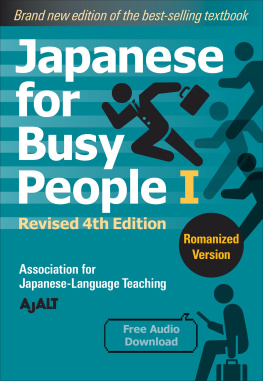
![Mark R. Gilmore - Artillery Employment At The Battle Of Gettysburg [Illustrated Edition]](/uploads/posts/book/291131/thumbs/mark-r-gilmore-artillery-employment-at-the.jpg)

